Introduction
If there’s one thing I’ve learned over my years as a building contractor in South Africa, it’s this: prevention is cheaper than repair. Way cheaper.
I have worked on homes from the lush suburbs of Cape Town to the highveld heart of Johannesburg, and no matter the location, structural problems have a sneaky way of creeping in when you least expect them.
Whether you’ve just built your dream home, inherited a fixer-upper, or are planning a renovation, keeping an eye on the structure of your house is one of the smartest things you can do.
In this post, I’m going to walk you through the most common structural issues I’ve seen in South African homes, and more importantly; how you can prevent them.
Let’s jump in.
1. Cracks in the Walls and Foundation
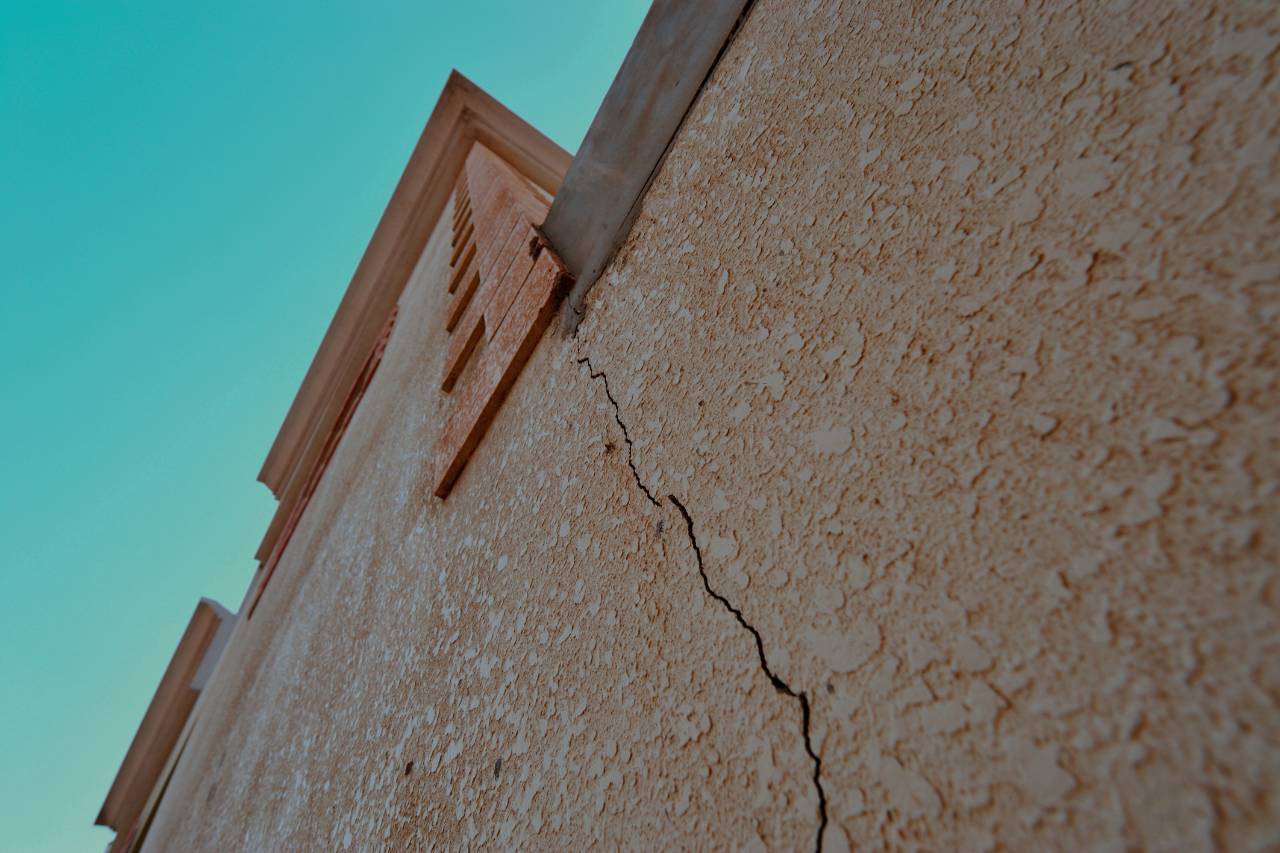
This is probably the number one issue I get calls about. Clients panic when they see cracks, but not all cracks are created equal.
Fine hairline cracks in plaster are usually cosmetic; no big deal. But when you start seeing diagonal, stair-step, or widening cracks (especially around doors and windows), it’s time to take action.
🔎 Common causes:
-
Soil movement (common in Gauteng and clay-rich areas)
-
Poor drainage around the foundation
-
Bad construction practices
-
Natural settling in new builds
✅ Prevention tips:
-
Ensure proper site preparation before building — especially if you’re in an area with clay soil or dolomitic ground.
-
Install and maintain proper rainwater drainage systems (gutters, downpipes, French drains).
-
Avoid planting large trees close to the house — roots can shift the soil.
-
Check your foundations yearly and seal small cracks early.
💬 Pro Tip: Get a structural engineer to assess major cracks before doing cosmetic repairs. Don’t just paint over them — that’s a ticking time bomb.
2. Damp and Water Damage
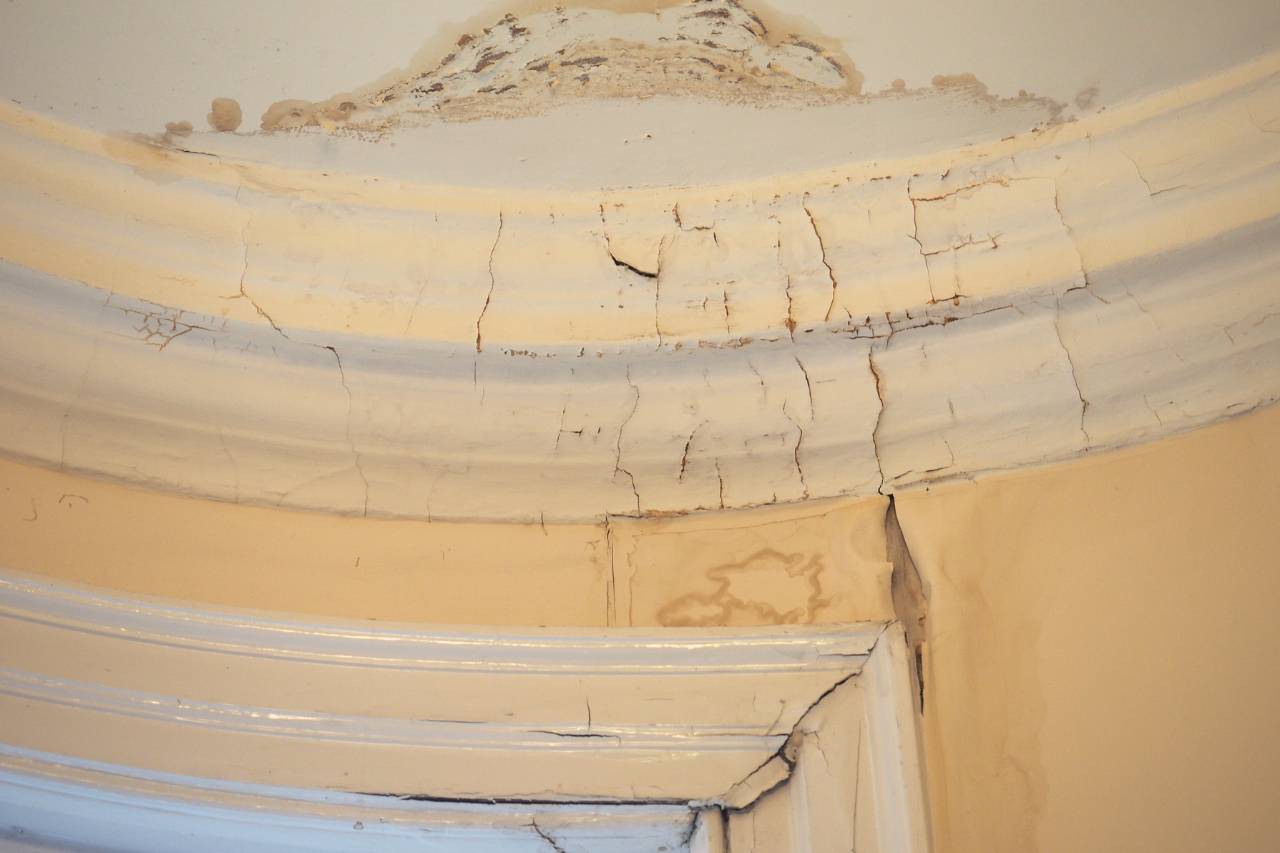
Damp is a silent destroyer. It creeps into walls, floors, and ceilings, leaving musty smells, peeling paint, and mould in its wake.
It’s especially common in coastal cities like Durban and Cape Town, where humidity levels are high and weatherproofing is often neglected.
🔎 Types of damp:
-
Rising damp from the ground up
-
Penetrating damp from leaking roofs or walls
-
Condensation inside rooms due to poor ventilation
✅ Prevention tips:
-
Install a proper damp-proof course (DPC) when building.
-
Ensure good roof waterproofing — this is non-negotiable.
-
Seal windows and exterior walls properly.
-
Use ventilation in bathrooms and kitchens (windows or extractor fans).
-
Check gutters and downpipes for leaks and clogs every season.
💬 I’ve seen homes where rising damp destroyed built-in cupboards, skirtings, and flooring — all because the original builder skipped the damp course. Don’t let that be you.
3. Uneven Floors and Sagging Slabs
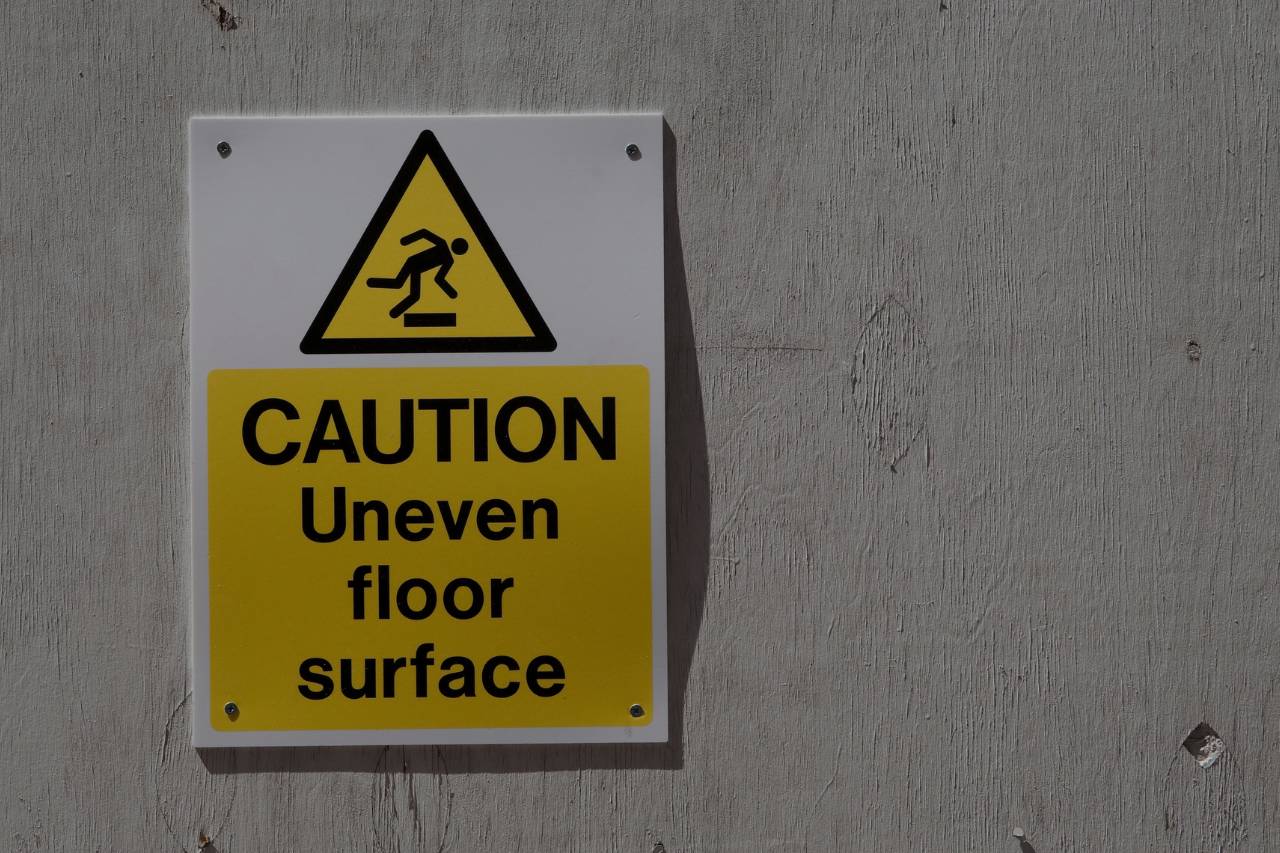
If your floors feel bouncy, sag in the middle, or you notice tiles cracking without obvious cause, you could have a problem with your substructure.
This happens a lot in older homes or where foundations were poorly constructed.
🔎 Common causes:
-
Settling due to unstable soil
-
Inadequate slab thickness
-
Water pooling beneath the slab
-
DIY renovations without professional input
✅ Prevention tips:
-
Always get soil tests before construction.
-
Use qualified contractors to lay slabs with correct reinforcements.
-
Inspect floors after heavy rains for signs of movement.
-
Avoid overloading upper floors with heavy items if not engineered for it.
💬 As a building contractor, I always insist on an engineer’s sign-off for slabs — even if the client says “it’s just a small room.” Trust me, cracked slabs are a nightmare to fix after the fact.
4. Roof Problems and Leaks
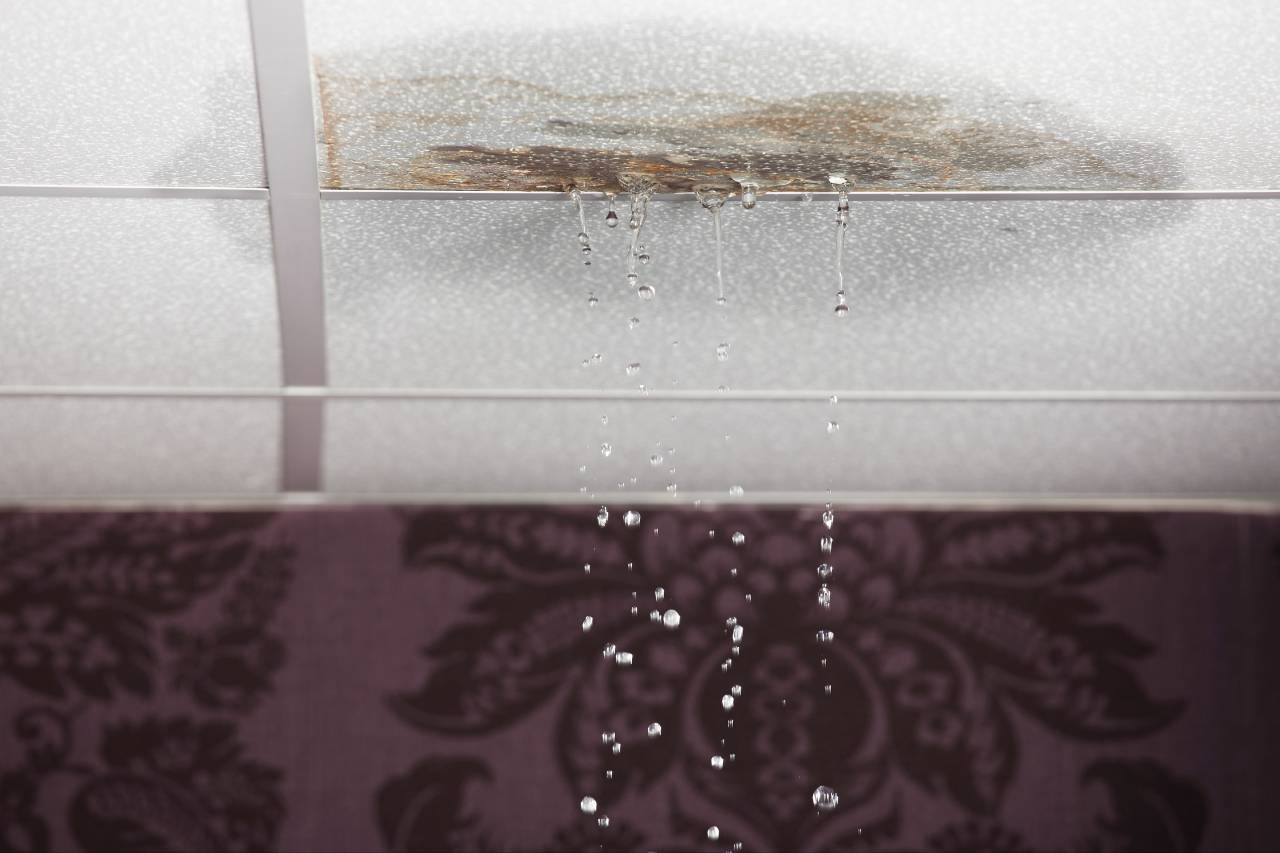
Your roof is your home’s first line of defence, and once it fails, things go south quickly.
Sagging roof lines, leaking tiles, or rusted sheeting are all signs of trouble — and in some cases, I’ve seen it lead to collapsed ceilings or mouldy insulation.
🔎 Common causes:
-
Inadequate roof pitch for the type of sheeting
-
Blocked or broken gutters
-
Rusted flashings or poor waterproofing
-
Poor roof truss installation
✅ Prevention tips:
-
Clean gutters and roof valleys at least twice a year.
-
Use quality roofing materials suitable for your climate (e.g. slate tiles in KZN might be a bad idea due to humidity).
-
Get a professional roofer to inspect every 3–5 years.
-
Replace cracked or slipped tiles immediately.
💬 I once had a client who ignored a small roof leak for two years. By the time they called me, the ceiling had caved in — R50,000 later, the problem could’ve been solved with a R2,000 flashing repair.
5. Poor Drainage and Groundwater Issues
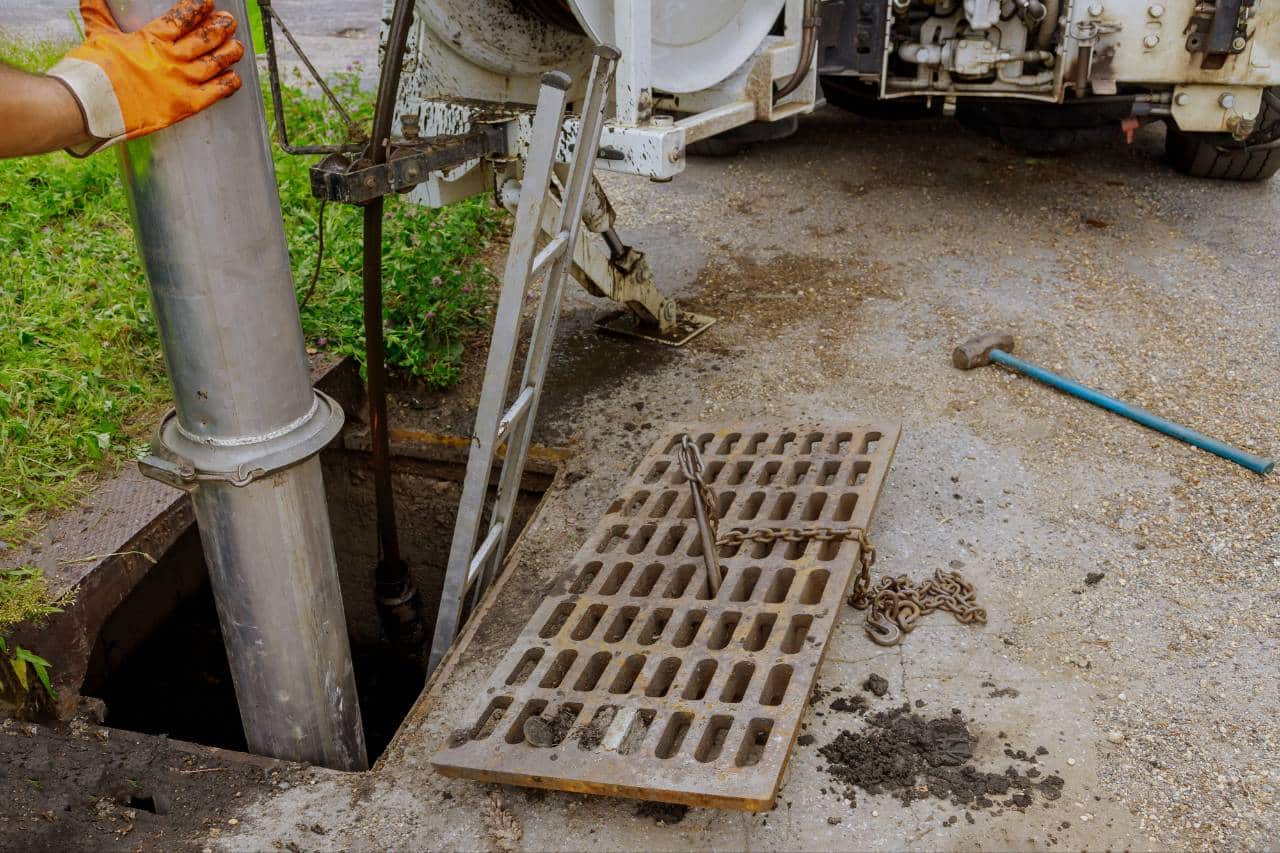
Water that collects around your foundation is a slow and steady structural assassin.
You might not see the damage immediately, but over time it erodes soil, causes foundation movement, and creates perfect conditions for damp.
✅ Prevention tips:
-
Grade your landscaping so water flows away from the house.
-
Install French drains or stormwater pits if runoff is a problem.
-
Extend downpipes away from the foundation.
-
Never ignore pooling water or soggy soil near the home.
💬 In Pretoria, where summer storms hit hard, I always recommend adding a secondary overflow system. It’s saved several of my clients from foundation damage.
6. Insect and Pest Damage
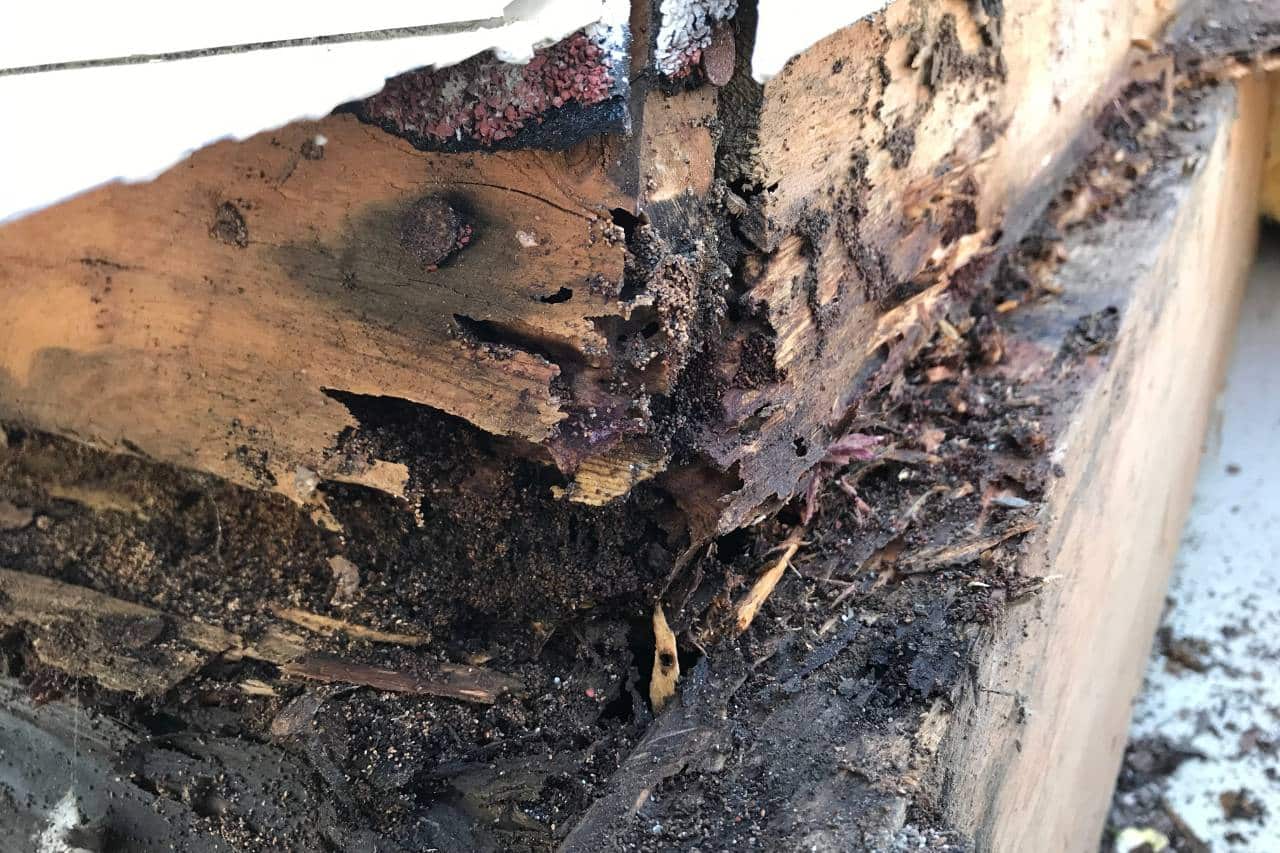
Termites, wood borers, and rodents might not seem like structural threats, but they are; especially in timber roof structures, skirtings, and sub-floors.
✅ Prevention tips:
-
Treat all timber during construction with pest-resistant chemicals.
-
Get annual pest inspections, especially in warm regions like Limpopo and Mpumalanga.
-
Seal cracks and entry points around your home.
-
Store firewood and garden refuse away from the house.
💬 I once inspected a home in KwaZulu-Natal where termites had completely hollowed out several support beams. The roof was close to collapse. Regular inspections could have saved the owner hundreds of thousands.
7. Unauthorised Renovations
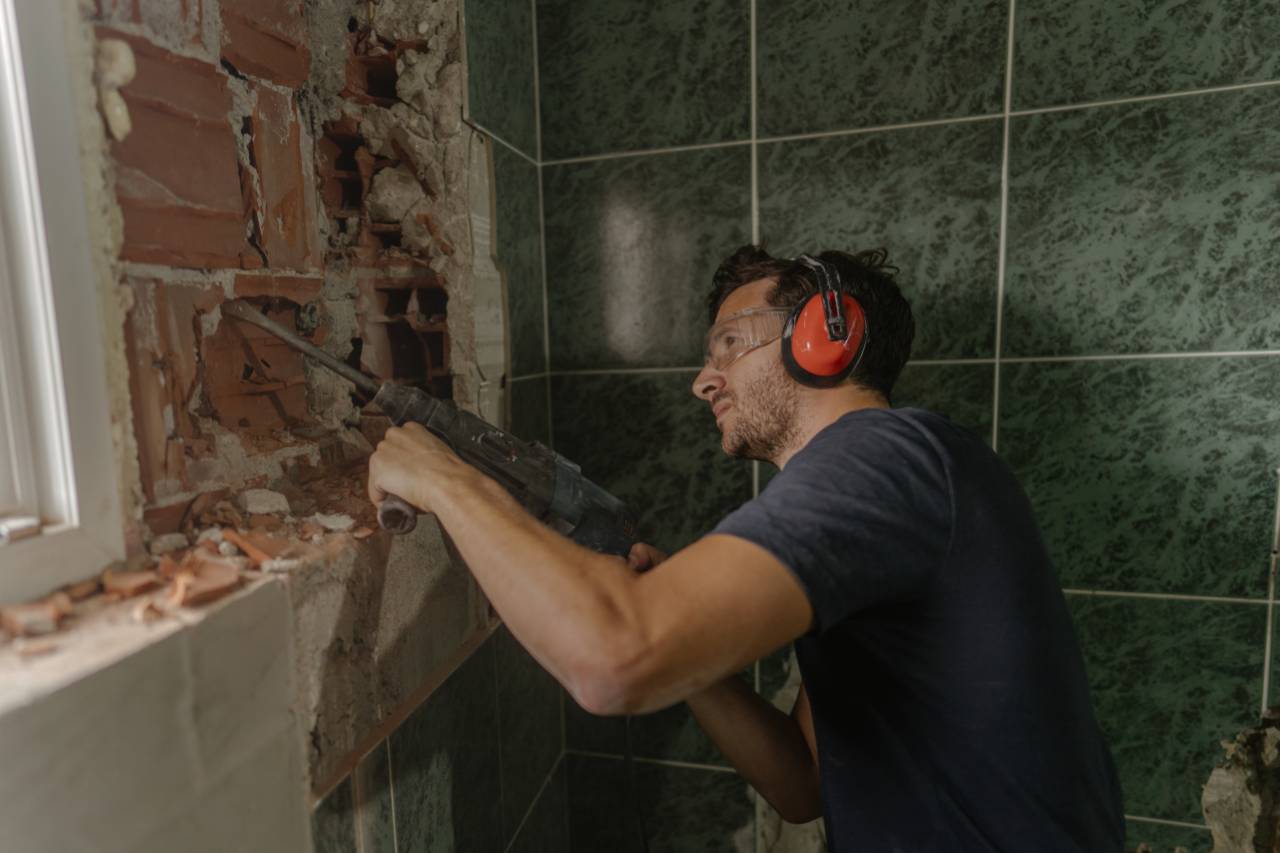
✅ Prevention tips:
-
Always consult a registered building contractor before modifying walls, floors, or roofs.
-
Get proper approvals and inspections if you’re planning changes.
-
Don’t cut corners with plumbing or electrical that passes through structural elements.
💬 I’ve had to reinforce and rebuild more than one DIY project gone wrong — it’s never worth the risk.
How to Stay Ahead: My Structural Maintenance Checklist
Here’s what I personally recommend to all my clients to keep their homes in good condition:
🔧 Monthly:
-
Walk around the property to check for visible cracks or damp spots
-
Look for leaks or signs of water near the foundation
🧱 Quarterly:
-
Inspect your roof from the ground and in the ceiling space
-
Clean gutters and check for signs of rust or sagging
-
Test drainage by observing water runoff during rain
🧰 Annually:
-
Get a general inspection from a qualified building contractor
-
Test your damp-proof course and waterproofing
-
Do a pest and termite check
-
Review any changes in floor level or structural movement
Final Thoughts: Prevention is the Smartest Investment
If I could give every homeowner in South Africa one piece of advice, it’s this: take structural health seriously before it becomes a disaster.
Most of the major repairs I’ve done could’ve been avoided with a bit of foresight, a yearly inspection, and a few well-timed upgrades. And in this economic climate, nobody wants to deal with surprise repair bills running into the tens or hundreds of thousands.
At Mimiti, we believe in building better and maintaining smarter. Whether you need a structural check-up, advice on waterproofing, or a full renovation, we’ve got the experience to keep your home solid for years to come.
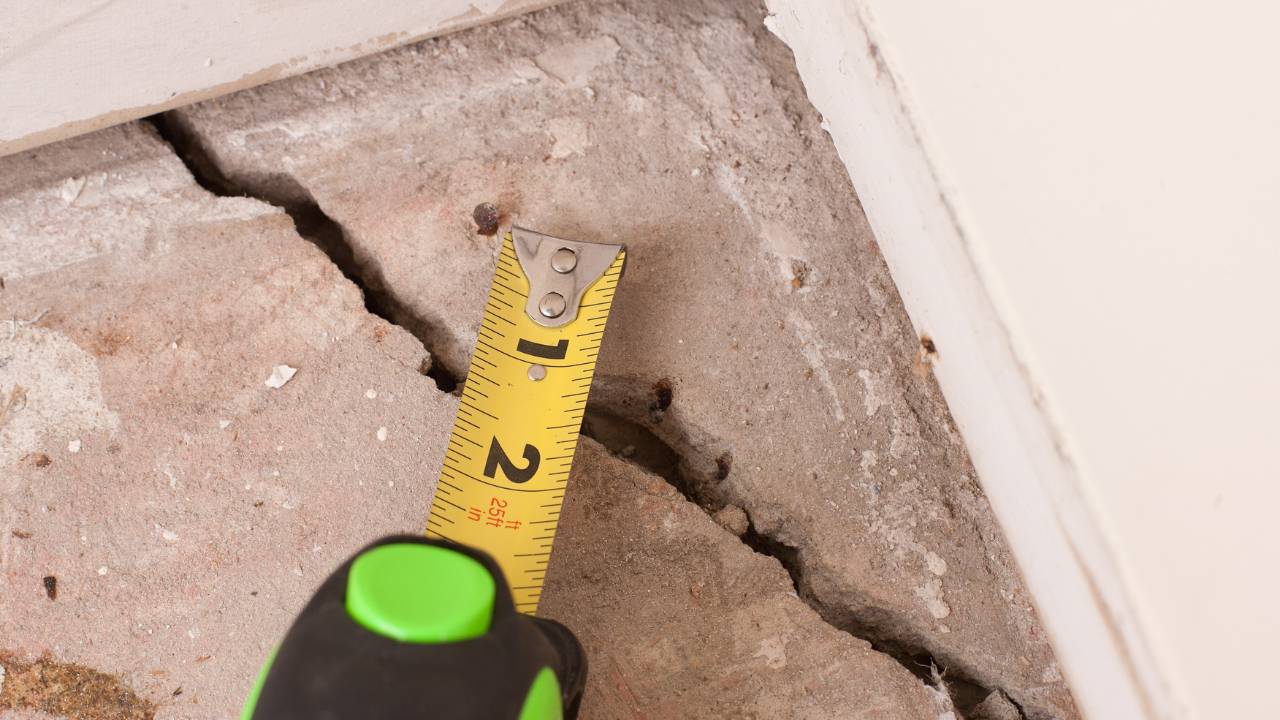



0 Comments